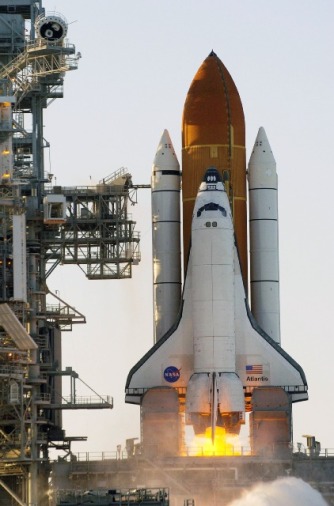
“Space foods”
I want to take all my readers on a space journey to explore space foods and the technologies involved. I hope all my readers would enjoy this journey so let us give it a start…
Have you ever wondered what Astronauts in space eat? Come let’s explore together.
There are special rules for space foods
1. Minimize the crumbs.
2. Minimize packaging and thrash volume.
3. Minimize the weight of the food.
Applications at space













Rehydratable foods : Most foods in space was packaged in a dehydrated form and thus rehydrated before consumption(hot cup noodles is one fine example ) these foods are packed in special containers to help them last longer dehydration or removal of water is done to prevent spoilage due to microorganisms and extend shelf life.
The straws used for consumption of liquid food in space has a special one-way valve to prevent the liquid from escaping when not in use. (eg) soups, ravioli and even fruits and fish and eggs, chicken, cheese cereals, etc are packaged dehydrated form and rehydrated before consumption.
Freeze-dried foods
freeze-drying is a process of dehydrating frozen food under vacuum condition so that the moisture content in food directly changes to gaseous form without having to undergo the intermediate liquid state through sublimation the food product thus maintains good quality and acceptance.
Thermostabilized foods
The foods that are heated to high temperatures to prevent bacterial growth and are packaged in bimetallic or aluminium cans or flexible retort pouches for instance mushrooms, tomatoes, eggplant are few examples of thermostabilized foods.
Intermediate moisture foods
These are technologies that does not remove water completely but here the water is restricted to an amount to keep the food at desired texture but the percentage of water in IMF foods does not support microbial growth and the water content in IMF foods ranges from 15 to 30 % thus the water present is chemically bound to salt or sugar and thus not available for microbial growth and prevents spoilage due to micro-organisms dried peaches, pears and apricots are some examples of IMF foods in space.
Vacuum packaging
Some foods are consumed in natural form but there is an interesting technology that is involved here too. Here the air is completely removed from the packaged food. The package is sealed so that food stays fresh for a long time.
Condiments are made available suspended in oil or dissolved in water pepper is suspended in oil while salt is dissolved in water these liquid salt and liquid pepper are stored polyethylene bottles.
Modified atmospheric packaging
Bread sandwiches are not possible in space as the bread slices tend to float so food scientists at NASA developed tortillas – a flatbread made of wheat flour to serve the purpose they kept it fresh up to one year by the use of oxygen scavengers which helps in removing the oxygen in the package and thus creating a modified atmosphere. Ethylene is an example of oxygen scavenger.
Food irradiation
Some foods are exposed to radiation to kill mould or bacteria on food also to extend its shelf life. Exposure of ionizing radiation in the form of x rays, gamma rays and electron beam to destroy microorganisms. Safety limits of radiation are set according to the type of food and the purpose of irradiation.
Around the world with food technology
NASA’s first scientist to eat food in space was John Glenn. First food to be eaten in space was Apple sauce. In the second space program NASA food scientists included Shrimp, Cocktail, Chicken, Vegetables and Pudding .
Antioxidants for health
Jackfruit is rich in vitamin-C that is essential for preventing us from diseases and also help boost up our body’s metabolism.

Indian space foods
Food scientists at DRDO and CFTRI Mysore are exploring new technologies to make available the specialties of Indian cuisine. DRDO has created initial success in biscuits, pastries and dried juice and lemon rice with a list of innovative technologies which are to be later discussed in the blog. Food scientists has formulated even chicken biryani which is supplied to astronauts and it has a shelf life of up to one year.
Space food technology for life
Dream is like the air you breathe. Even a dream to live at zero gravity and eat earth’s delicious food comes true with courage and faith and these incredible food technologies. So have a dream that travels beyond the horizon because if your intentions are right, the universe will help to transform it into a reality .
Some interesting information
- TANG one of the well-known juice brands became famous when it was supplied to astronauts in the space shuttle it served as a vitamin C supplement.
- As the space shuttle is shielded from Cosmic rays the scientist does not get enough of the sunshine vitamin so special care should be taken to provide vitamin D in the diet of space scientist.




Great compilation Sivaranjani. Such a trove of information. My son is a space enthusiast. Just sent this to him.
Thanks Sonia for stopping by. Great to know.